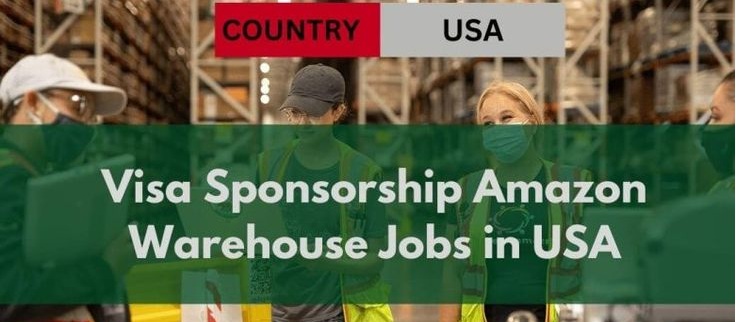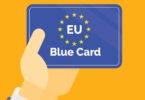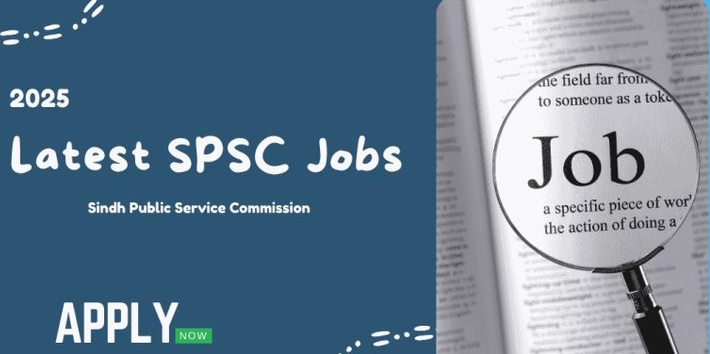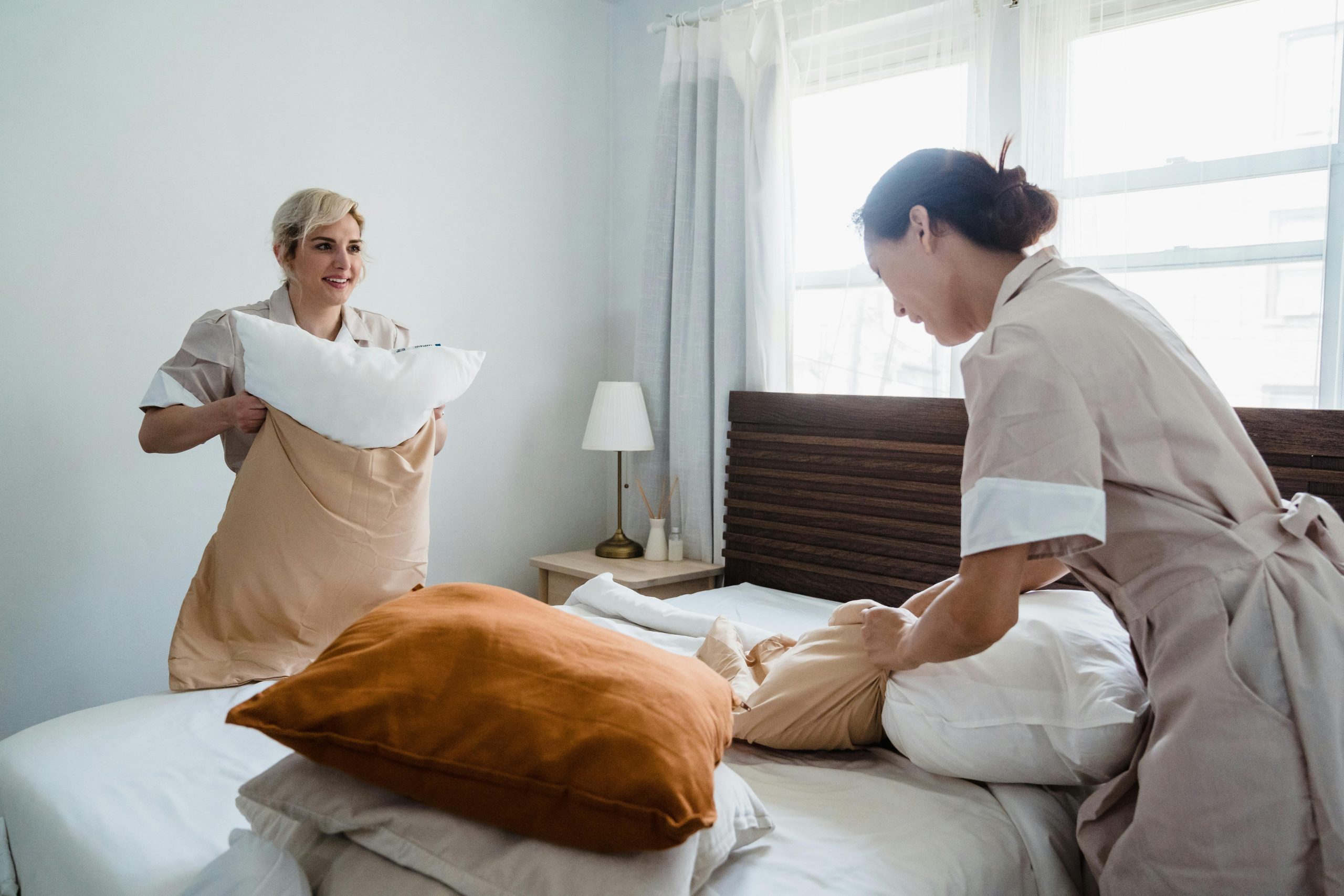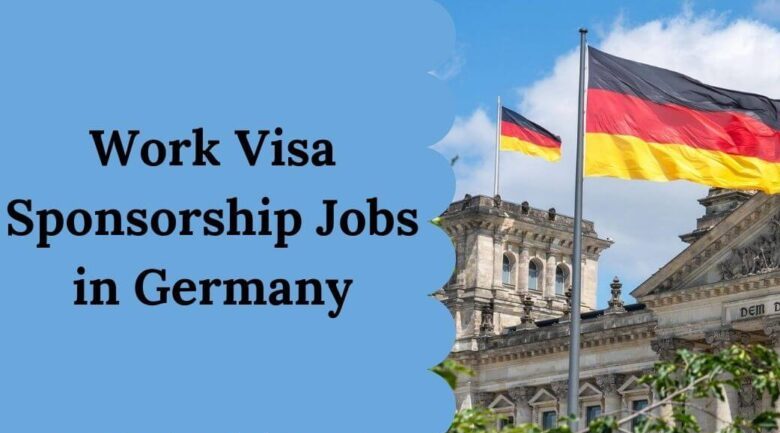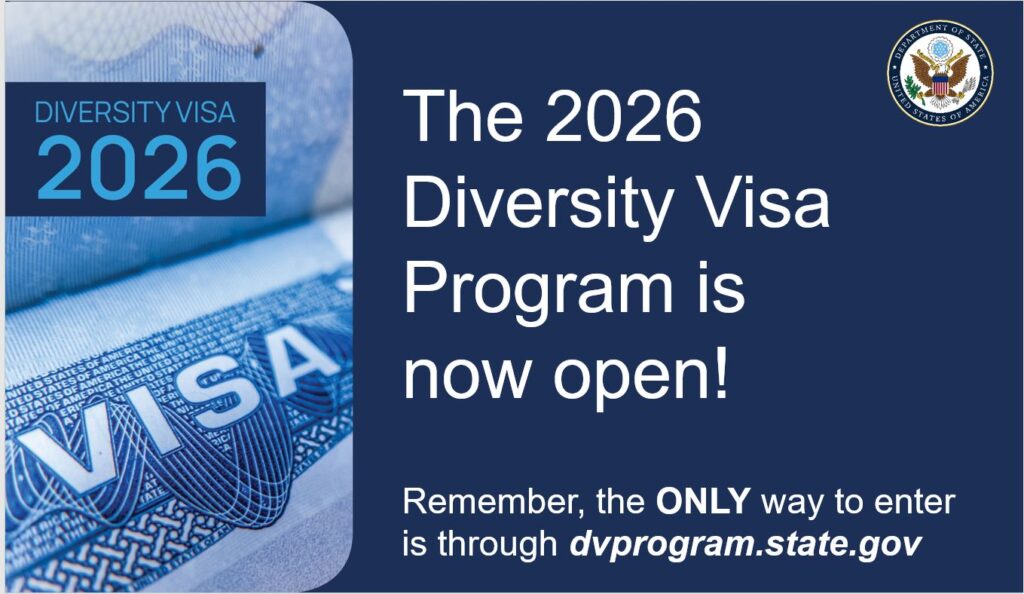Advertisements
The United States remains one of the most attractive destinations for international workers due to its strong economy, career growth opportunities, and high quality of life. With thousands of companies offering visa sponsorship jobs in America, foreign professionals with the right skills can secure employment and begin their journey toward working legally in the U.S.
This comprehensive guide explains everything you need to know about applying for U.S. visa sponsorship jobs in 2025—from visa types to application strategies, job boards, industries in demand, and common employer expectations.
What Is a Visa Sponsorship Job?
Advertisements
A visa sponsorship job is one in which a U.S. employer files a petition to allow a foreign national to legally work in the United States. Sponsorship means that the employer takes legal responsibility for verifying your employment status and submitting paperwork to U.S. Citizenship and Immigration Services (USCIS).
Sponsorship is required for most long-term work visas, such as the H-1B, L-1, O-1, and EB-3 categories. The employer must:
- Offer you a job that meets U.S. visa criteria
- File a petition on your behalf
- Sometimes complete a labor certification to prove no local workers are being displaced
Top Visa Types for Sponsored Employment
H-1B Visa
- For: Professionals in specialty occupations (IT, engineering, finance, etc.)
- Requirements: Bachelor’s degree or equivalent
- Duration: Up to 6 years (initial 3 years + extension)
- Limitations: Subject to annual cap and lottery system
EB-3 Visa (Employment-Based Green Card)
- For: Skilled workers, professionals, and some unskilled positions
- Leads to: Permanent residency (Green Card)
- Requirements: Full-time job offer and labor certification
L-1 Visa
- For: Intra-company transfers to a U.S. office
- Duration: 1 to 7 years depending on role
O-1 Visa
- For: Individuals with extraordinary ability in sciences, arts, education, athletics, or business
TN Visa (Canada and Mexico only)
- For: Certain professional roles under the USMCA agreement
In-Demand Industries for Visa Sponsorship in 2025
Technology and Software
- Software engineers
- Data analysts
- Cloud infrastructure professionals
- Cybersecurity specialists
Healthcare and Medical Services
- Registered nurses
- Physical therapists
- Medical laboratory technologists
- Physicians (with licenses)
Engineering and Manufacturing
- Civil engineers
- Mechanical and electrical engineers
- CAD specialists
Finance and Business Services
- Accountants and auditors
- Financial analysts
- Business analysts
Academia and Research
- Professors and lecturers
- Postdoctoral researchers
- STEM instructors
Skilled Trades and Agriculture
- Seasonal workers (via H-2A and H-2B programs)
Where to Find Visa Sponsorship Jobs in the USA
1. Job Boards with Sponsorship Filters
- Indeed (search “visa sponsorship available”)
- LinkedIn Jobs (set visa preferences)
- MyVisaJobs (tracks H-1B sponsors)
- H1BGrader (lists companies and historical approvals)
- Dice (tech-specific platform)
2. Company Career Pages
Advertisements
Apply directly to U.S. companies known to sponsor, including:
- Amazon
- Microsoft
- Meta
- Oracle
- Tesla
- Mayo Clinic
- Deloitte
3. University Job Centers (for F-1/OPT holders)
Graduates on Optional Practical Training (OPT) can use university resources to find H-1B sponsors.
How to Apply Successfully
Step 1: Build an American-Style Resume
- One page for early-career professionals
- Focus on accomplishments and measurable results
- Use ATS-friendly formatting and U.S. English spelling
Step 2: Customize Each Application
- Tailor your cover letter to the company’s mission and role
- Highlight your visa eligibility upfront (e.g., “Open to H-1B sponsorship”)
Step 3: Prepare Required Documents
- Valid passport
- Academic qualifications (degrees, transcripts)
- Work experience letters
- English proficiency scores (if applicable)
- Proof of relevant certifications
Step 4: Apply and Track
- Use a spreadsheet or tracking tool to monitor responses
- Follow up with recruiters politely after 1–2 weeks
Step 5: Prepare for Interviews
- Be familiar with U.S. interview formats
- Practice behavioral and technical questions
- Ask questions about visa sponsorship during later stages
Common Mistakes to Avoid
- Applying to employers that do not sponsor visas
- Submitting generic resumes
- Ignoring job eligibility requirements
- Waiting too long to apply during H-1B season (March–April)
Frequently Asked Questions (FAQs)
Do all US employers offer visa sponsorship? No. Only companies that are registered and willing to file paperwork with USCIS can offer sponsorship.
Can I apply for a US job from abroad? Yes. Many companies accept remote applications from international candidates. Interviews are typically conducted online.
Do I need a job offer before applying for a work visa? Yes. Most U.S. work visas require a job offer from a sponsoring employer before the visa application can be submitted.
What if I get selected in the H-1B lottery? Your employer will be able to file the full petition, and once approved, you can apply for the visa and schedule an embassy appointment.
How long does it take to get a sponsored job in the USA? It depends on the job, employer, and visa type. For H-1B, expect at least 6–8 months from start to visa issuance.
Conclusion
Applying for visa sponsorship jobs in America can be a highly rewarding pathway for international professionals seeking better career opportunities and global exposure. By focusing on in-demand sectors, crafting a tailored application strategy, and targeting U.S. companies with a history of hiring foreign talent, you can significantly improve your chances of success. Begin your journey today with research, planning, and persistence to secure a future in the United States.
Advertisements
